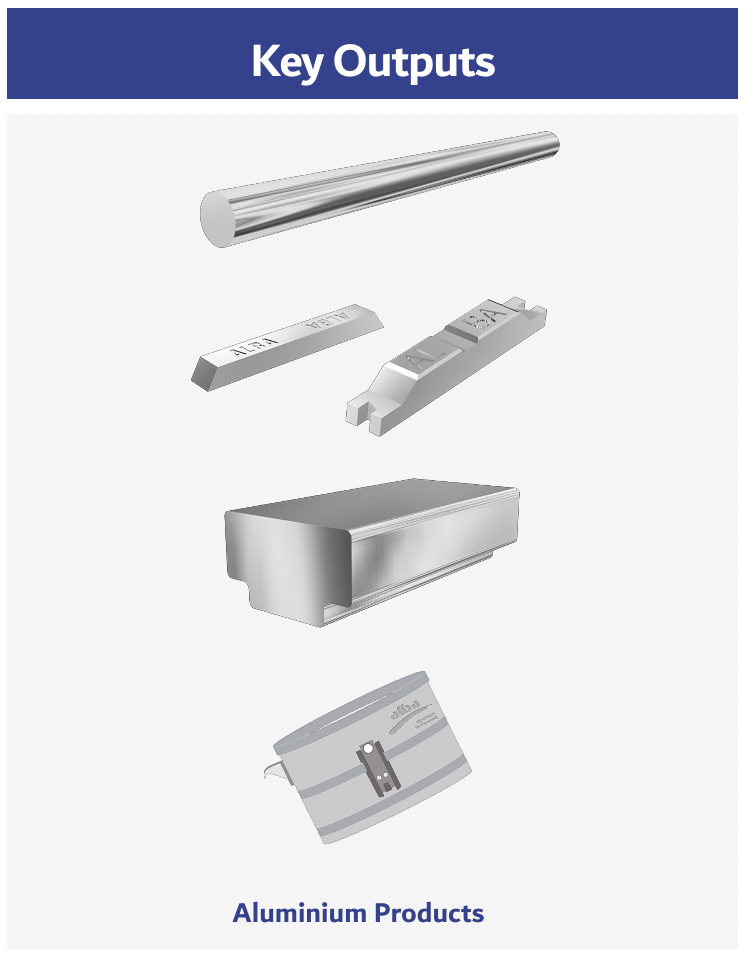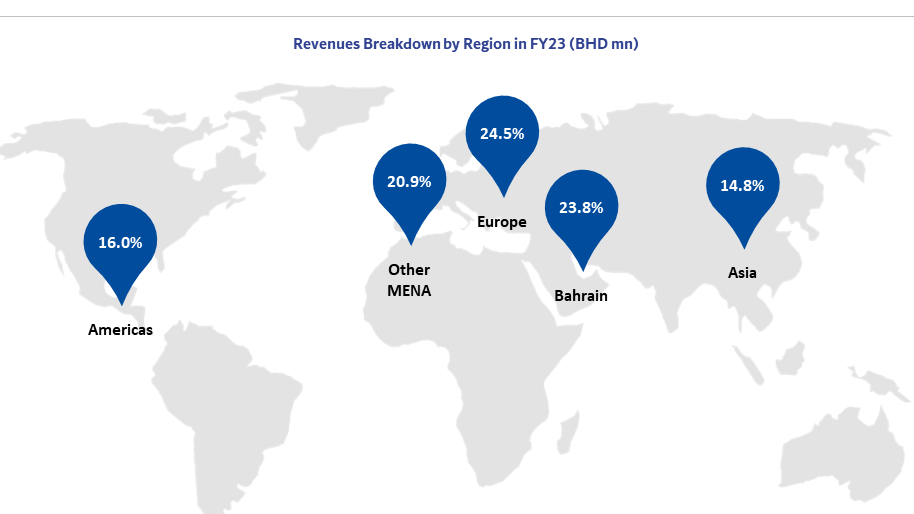As a trader, having a well-defined and effective trading plan is crucial to success in the markets. A trading plan is a comprehensive strategy that outlines the rules and guidelines for how you will navigate the markets and execute your trades.
A well-designed trading plan can help you manage risk effectively, stay disciplined in your trading, and achieve your long-term trading goals. In this article, we will provide a comprehensive overview of what a trading plan is, its importance in trading, and how you can create an effective plan that will help you achieve success in the markets.
Key Takeaways
- A trading plan is a comprehensive strategy that outlines the rules and guidelines for how you will navigate the markets and execute your trades.
- A well-designed trading plan can help you manage risk effectively, stay disciplined in your trading, and achieve your long-term trading goals.
Understanding the Basics of a Trading Plan
A trading plan is a comprehensive document that outlines a trader’s approach to the financial markets. It serves as a blueprint for conducting trades and managing risk, allowing traders to make informed decisions without succumbing to emotions or impulsive behavior.
At its core, a trading plan is a set of guidelines that dictate how a trader will enter and exit trades, what instruments they will trade, and how they will manage risk. A well-defined trading plan includes specific rules for each aspect of trading, such as position sizing, stop-loss orders, and profit targets.
The primary objective of a trading plan is to provide traders with a structured approach to trading that reduces their exposure to risk and increases the likelihood of success. By following a plan, traders can avoid taking unnecessary risks and make decisions based on a clear understanding of their objectives and the market conditions.
Unlock Wealth: Sign Up Now for Smart Investing Success
The Components of a Trading Plan
A trading plan typically consists of several key components, including:
- A trading strategy that outlines the trader’s approach to the markets.
- A risk management strategy that identifies how the trader will manage risk.
- A trading journal that tracks the trader’s performance and helps identify areas for improvement.
- A set of rules for entering and exiting trades.
- A plan for managing positions, including stop-loss orders and profit targets.
By incorporating these components into a trading plan, traders can create a structured approach to trading that reduces the impact of emotions and ensures they remain focused on their objectives.
The Role of Risk Management in Trading
Risk management is an essential component of any trading plan. It involves identifying the risks associated with trading and taking steps to mitigate them. This can include implementing stop-loss orders, managing position sizes, and diversifying trading instruments to reduce exposure to any single market.
Effective risk management is critical to trading success. By minimizing the impact of losses, traders can protect their capital and maximize their gains. Without a risk management strategy, traders are at risk of losing their entire trading account, as even a single large loss can wipe out their capital.
“In trading, you have to be defensive and aggressive at the same time. If you are not aggressive, you are not going to make money, and if you are not defensive, you are not going to keep it.” – Ray Dalio
In essence, a trading plan is a roadmap to success in the financial markets. By creating a structured approach to trading that incorporates a trading strategy and risk management techniques, traders can reduce their exposure to risk and increase their chances of success.
How to Create a Trading Plan: Step-by-Step Guide
Creating an effective trading plan requires careful consideration of various elements that make up a successful trading strategy. In this section, we will provide you with a step-by-step guide to creating a trading plan that suits your trading style and helps you achieve your goals.
Step 1: Define Your Trading Goals
The first step in creating a trading plan is to define your trading goals. This involves identifying the amount of money you want to make, the level of risk you are willing to take, and the timeframe in which you want to achieve your goals. Your goals should be specific, measurable, and achievable.
Step 2: Choose Your Trading Strategy
Choosing an effective trading strategy is essential to the success of your trading plan. This involves selecting a trading style that is suitable for your risk tolerance, such as day trading, swing trading or position trading. Your trading strategy should also incorporate technical and fundamental analysis, as well as risk management techniques.
Step 3: Identify Entry and Exit Points
Identifying entry and exit points for your trades is crucial to managing risk and maximizing profits. This involves using technical indicators, price action, and market trends to determine the best time to enter and exit trades. Your trading plan should also outline your stop loss and take profit levels to minimize losses and lock in profits.
Step 4: Determine Position Sizes
Determining the size of your trading positions is an important aspect of risk management. This involves calculating the amount of capital you are willing to risk per trade and setting position sizes accordingly. Your trading plan should also take into account margin requirements and other trading costs.
Step 5: Implement Risk Management Strategies
Implementing effective risk management strategies is essential to the success of your trading plan. This involves using stop loss orders, setting risk-to-reward ratios, and diversifying your portfolio. Your trading plan should also outline how you will handle unexpected market events and minimize losses.
By following these five steps, you can create an effective trading plan that helps you achieve your trading goals and manage risk effectively.
Essential Rules for a Successful Trading Plan
Creating a trading plan is an important step in developing a successful trading strategy, but it is only effective if you follow the essential rules of a trading plan. Here are some essential rules to keep in mind when creating and following a trading plan:
- Define your trading goals: Identify the goals you want to achieve with your trading plan, the time frame for achieving them, and how you will measure your progress.
- Adhere to your plan: Stick to your trading plan and do not deviate from it, even during periods of market volatility or uncertainty.
- Implement risk management strategies: Manage your risk by identifying potential losses and implementing risk management techniques, such as stop-loss orders, to mitigate them.
- Maintain trading discipline: Discipline is key to successful trading. Follow your trading plan consistently and avoid making impulsive decisions based on emotions or market hype.
- Continuously review and adapt your plan: Regularly review your trading plan and adjust it as necessary. The markets are dynamic, and your trading plan should reflect changes in market conditions and your trading performance.
By following these essential rules, you can increase the effectiveness of your trading plan and improve your chances of achieving your trading goals.
Real-Life Examples of Successful Trading Plans
One of the most effective ways to learn about creating and implementing a successful trading plan is by examining real-life examples. Let’s take a look at some traders who have utilized a well-structured trading plan to achieve their goals:
| Trader | Trading Plan Approach | Outcome |
| John Smith | Systematic approach based on analysis of technical and fundamental data | Profitable trading over a sustained period, development of a reliable and effective trading system |
| Jennifer Lee | Focus on a single instrument, strict adherence to risk management and position sizing rules | Consistent and profitable trades, minimization of losses resulting in significant gains |
| Tom Jones | Use of a combination of technical and fundamental analysis, setting clear entry and exit points | Consistent profits over time, development of a reliable and effective trading system |
By examining these examples, we can see that there is no one-size-fits-all approach to creating a successful trading plan. Each trader has employed different strategies based on their individual needs and goals.
However, there are some commonalities in their approaches. They all have well-defined trading objectives, risk management strategies, and strict adherence to their trading plans. Additionally, they all continuously review and adapt their strategies to stay ahead in the markets.
By incorporating these elements into your own trading plan, you can increase the likelihood of achieving your trading goals and becoming a successful trader.
Conclusion
Having a well-defined trading plan is one of the most critical components of achieving success in the world of trading. By creating and adhering to a structured plan, you can maximize your profits, minimize your risks, and achieve your trading goals.
In this article, we have discussed the definition, importance, and components of a trading plan. We provided a step-by-step guide on how to create an effective plan, highlighting the crucial aspects such as setting trading goals, identifying entry and exit points, and implementing risk management strategies.
We also emphasized the significance of maintaining discipline, continuously monitoring and adapting your strategies, and provided real-life examples of successful trading plans to help you develop your own personalized plan that aligns with your trading style and goals.
Remember that creating a trading plan is not a one-time task. It requires continuous updating and adapting as the market evolves. With a well-designed trading plan, consistent execution, and adherence to discipline, you can achieve your financial goals and become a successful trader.
FAQ
Q: What is a trading plan?
A: A trading plan is a comprehensive set of guidelines and strategies that traders use to navigate the financial markets. It outlines the trader’s goals, risk management techniques, entry and exit points, and other important factors that guide their decision-making process.
Q: Why is a trading plan important?
A: A trading plan is important because it provides structure and discipline to a trader’s approach. It helps to minimize emotional decision-making, manage risk effectively, and increase the likelihood of consistent profitability in trading.
Q: How does a trading plan work?
A: A trading plan works by providing traders with a clear roadmap for their trading activities. It helps them identify profitable trading opportunities, manage risk, and make informed decisions based on predefined criteria and strategies.
Q: What are the essential rules for creating an effective trading plan?
A: The essential rules for creating an effective trading plan include setting clear trading goals, implementing risk management strategies, defining entry and exit points, and continuously reviewing and adapting the plan to market conditions.
Q: Can you provide real-life examples of successful trading plans?
A: Yes, we showcase real-life examples of successful trading plans in our article. These examples highlight different approaches and strategies employed by experienced traders, offering insights into how to structure and adapt your own trading plan.












































